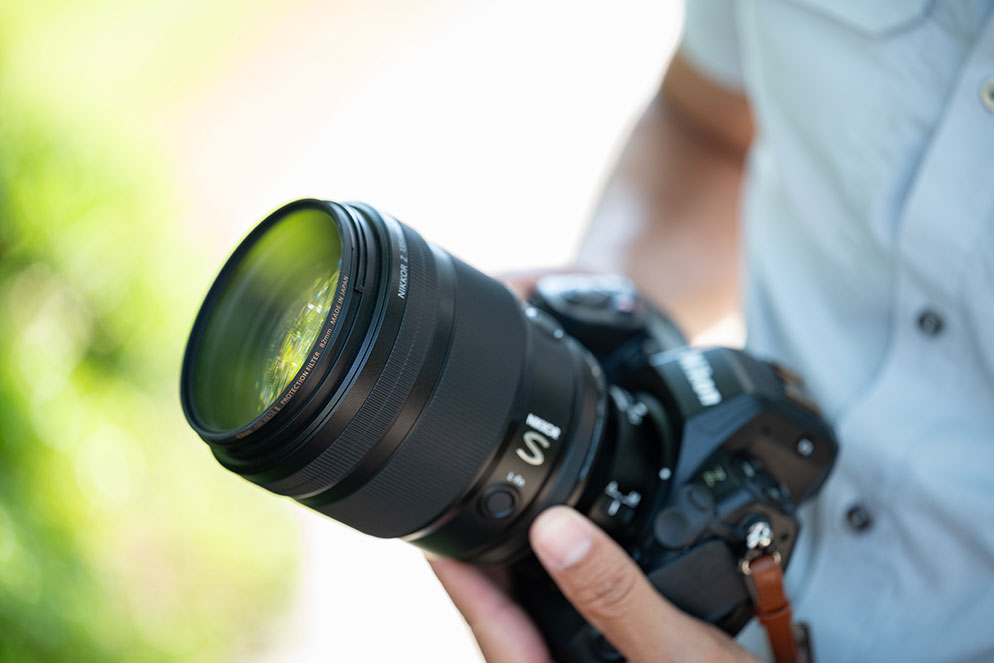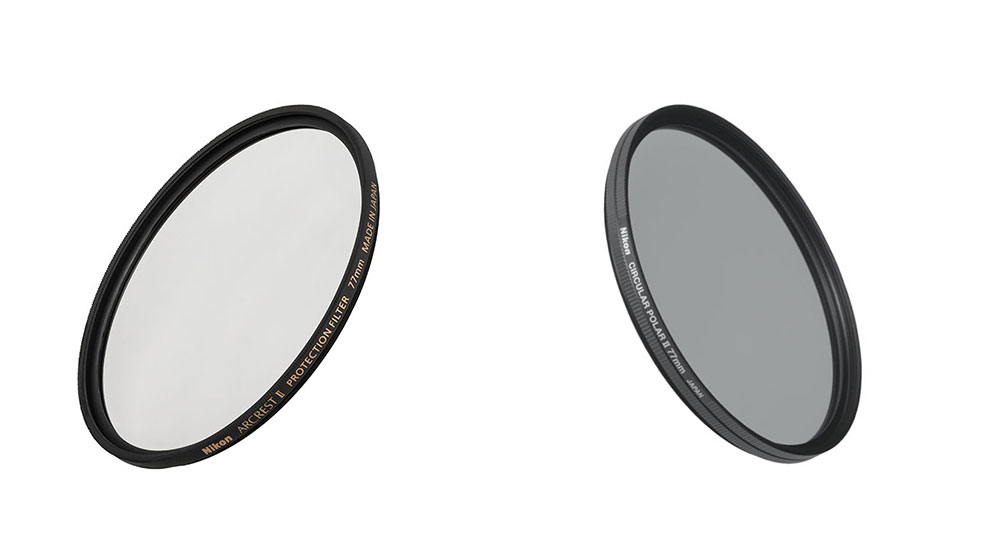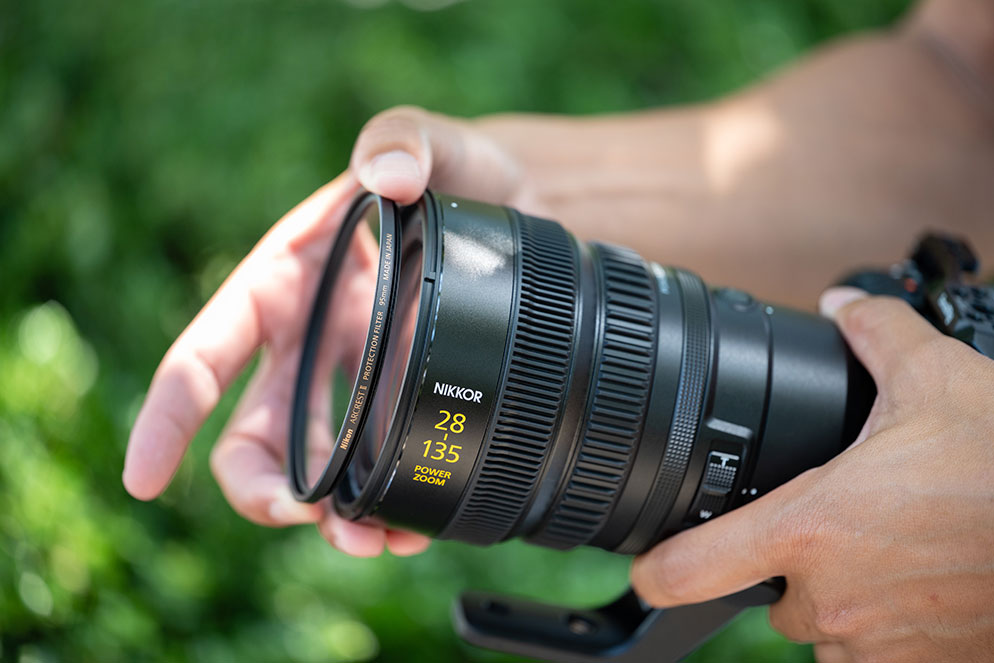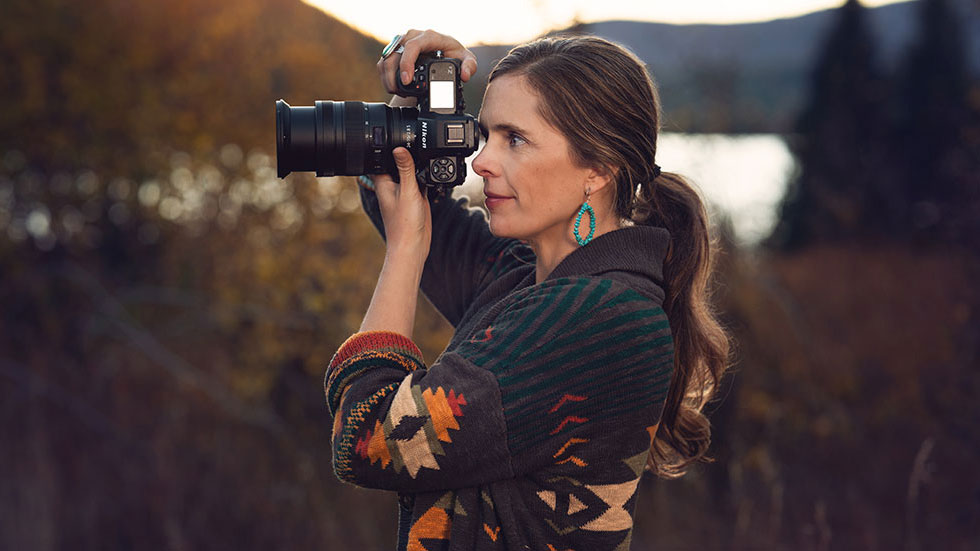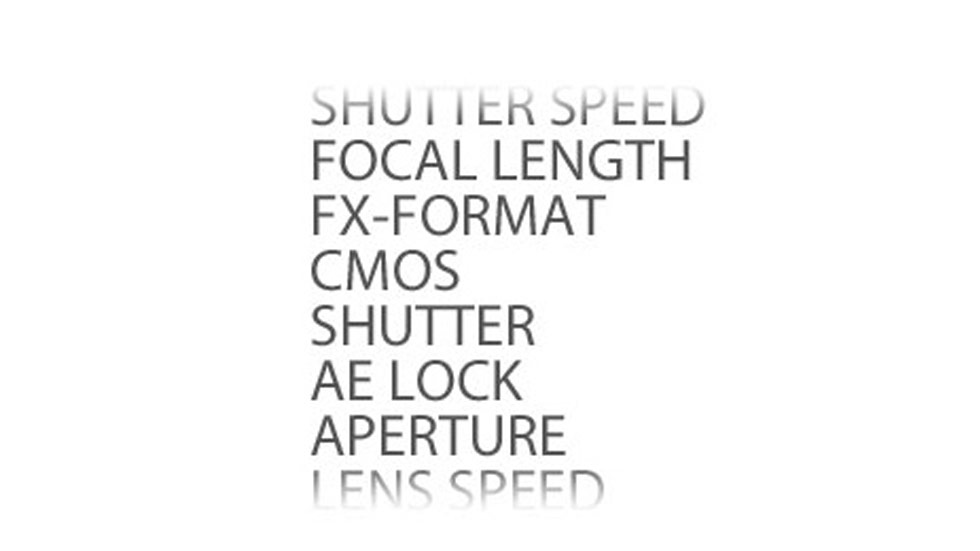A Guide to Lens Filters: How to Improve Your Photography
In the realm of photography, intricate details can make or break an image. Often overlooked, lens filters can play a role in your image making. It may seem like a simple accessory, but in certain instances a filter can take your photos from mediocre to breathtaking. From shimmering waterfalls to majestic sunset scenes, filters like a neutral density (ND) or circular polarizer can make all the difference in your photographs.
Understanding Lens Filters
Fundamentally, a lens filter affixes to the front of a camera lens to fulfill one of a variety of functions, comprising defense against abrasion and grime, and modification of light that falls on the sensor. There are three key types of filters that each photographer should understand: namely, neutral color filters, polarizing, and neutral density (ND) filters. Nikon offers neutral color filters in both the Arcrest II and Nikon brand as well as Nikon brand polarizing filters.
Nikon also makes soft focus filters for portraits, as they soften the skin for a more pleasing look.
There are other types of filters you might find at your local camera store—such as graduated color filters that add specific colors to certain parts of an image. Color correction filters were more popular when everyone shot film. For example if you had daylight balanced film, but were using Incandescent lighting there would be a color shift unless you added a correction filter to your lens. While there are certain times that color correction filters would be useful, today's digital cameras easily let you adjust your white balance based on the lighting you find yourself shooting in. There are also artistic filters that let you add prismatic effects to an image, add starbursts to points of light.
77mm lens filters. (l. to r.) Arcrest II protection filter and Nikon circular polarizing filter.
Neutral Density, Polarizing and Neutral Color Filters
When it's super bright outside, you can't just leave your camera's shutter open for as long as you might want to without overexposing your photos. However, there are situations, like when you're trying to shoot a waterfall or other types of moving water, where you might prefer a longer exposure, to achieve that, "smooth water" look. Or maybe you want to make use of your lens’s fast aperture on a sunny day. A neutral density or “ND” filter can be screwed to the front of your lens and reduce the amount of light entering the lens by several f/stops. There are also variable neutral density filters available. These allow you to reduce the amount of light up to a certain number of stops, such as from one to five stops.
Circular Polarizing filters prove exceptional in serving photographers wanting to lower reflectivity and minimize brilliance in a scene. This makes them ideal when capturing aquatic settings, panels of glass, and any terrain affected by annoying reflectivity that potentially compromises the story you’re trying to tell in your image. By the filtration of polarized light, a polarizing filter guarantees that the colors located beneath these reflected patterns persist, ensuring that your photos look more natural and vibrant. When your subject is behind a glass window, use a polarizing filter to remove the reflections so your subject can stand out.
NC filters or protection filters are most known in that they protect the front element of the lens. They provide a handy way to keep a lens clean when you're shooting under less-than-ideal conditions, keeping your lens free from moisture, dust, dirt, etc. A scratch on an NC filter is, of course, far less serious than a scratch on the front element of your lens.
Choosing the Right Lens Filter
In the realm of lens filters, don’t settle for anything less than top-notch quality. Filters of superior quality are a must to ensure sharp, distortion-free imagery. Also, ensure the filter you select matches the diameter of your lens to avoid any unanticipated vignetting.
You can find the filter size for your lens on the actual lens; just look at the front of the lens and you'll see the filter size noted. It can also be found in the user's manual that comes with your lens(es).
Tips for Utilizing Lens Filters
Handle your lens filters with care to keep from getting fingerprints on the surface of the filter that can affect your images. The essential step to mastering the use of polarizing or neutral density lens filters is to experiment, in order to understand the effects they’ll have on your images. While stacking of filters may offer combined benefits, there is an extended risk of vignetting and poor image quality—an important consideration to take note of.
Explore Our Full Range of Lens Filters to Improve Your Photography!

